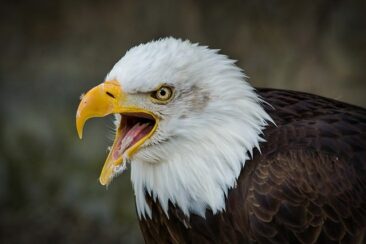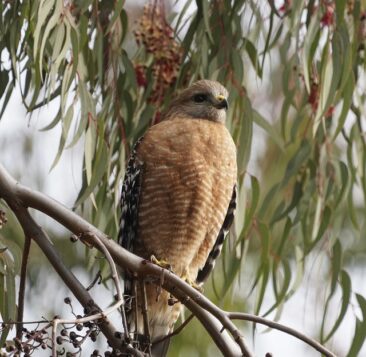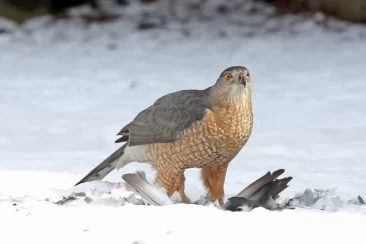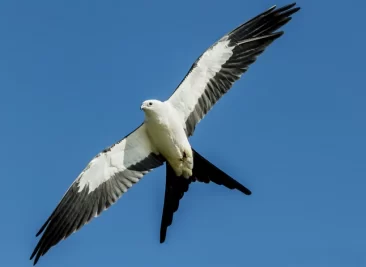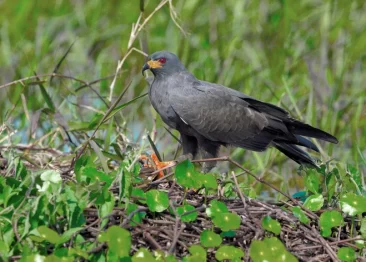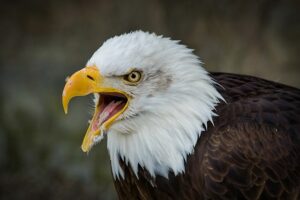
Greetings, readers. Today we consider rambuncous raptors—birds of prey—in Florida. Here’s an article about them by my friend, author and naturalist, Peggy Sias Lantz (click her name to visit her website).
Check out the photo gallery of raptors at the end.
Raptors
by Peggy Lantz
Over 30 species of owls, hawks, eagles, falcons, kestrels, kites, and the Crested Caracara are all raptors seen in Florida.
Raptors are birds of prey. Actually, so are most birds. It’s just that some birds prey on little things like worms and insects, while raptors prey on mammals, reptiles, or fish, and they have special features to help them.
Features of a raptor
Their claws, called talons, are sharp and curved so that once latched onto an animal, the wiggling creature, even a slippery fish, has little hope of escaping. The talons of a hawk or owl are strong enough to pierce through a person’s hand.
Beaks are also curved and sharp to help raptors tear their captured prey into small pieces.
Raptors have keen eyesight, especially for movement. A Bald Eagle flying overhead can spot the movement of a small animal as much as two miles away. Owls also have keen hearing to help them hunt in the dark of night.
Kinds of raptors
Many raptors are year-round residents, because the small animals they prey on do not migrate, so they don’t have to either.
- Our national bird, the Bald Eagle, is easily recognizable, with its white head and tail. [Charlene asks: why are they called bald if they have white feathers on their heads?] But young eagles are all brown until they are four or five years old. Sometimes Ospreys are mistaken for eagles because they have white heads, but their undersides are also white.
- Red-shouldered Hawks are the most common hawks in our area. I have a family of them nesting around Lake Lucy. I once saw one fly out of my woods carrying a squirming squirrel.
- Cooper’s Hawks nested in my woods one year, buzzing me every time I walked the lane for the newspaper or the mail. They prey on small birds, often striking them in midair, sometimes at your bird feeder. One day I heard a bunch of Bluejays yelling their “mobbing” cries.
- I found a Cooper’s Hawk on my patio holding down a still-living Bluejay, plucking its feathers. What to do? Rescue the Bluejay and deprive the hawk of its meal? Or let the raptor eat? I decided the Bluejay probably would not survive anyway, so I watched the wiggling jay struggle while the hawk plucked at it until the hawk picked it up and flew away with it. It probably was a young hawk, because usually the strike kills the bird outright.
- Kites are slender graceful birds, preferring marshy habitats.
- The Swallow-tailed Kite has a deeply forked tail and black and white plumage. It feeds on smaller critters like lizards and large insects, usually eating on the wing. And it is totally beautiful when you see it flying overhead.
- The Snail Kite can be seen occasionally along the Wekiva River, looking for snails, which it snatches out of the water as it flies. The kite then flies to a branch and plucks the snail out of its shell with its slender curved bill.
Just remember, raptors have this special equipment: strong curved beaks and strong curved talons.
So many birds; so little time …
—END—
Thanks for reading!
Your writer on the wing,
Charlene


